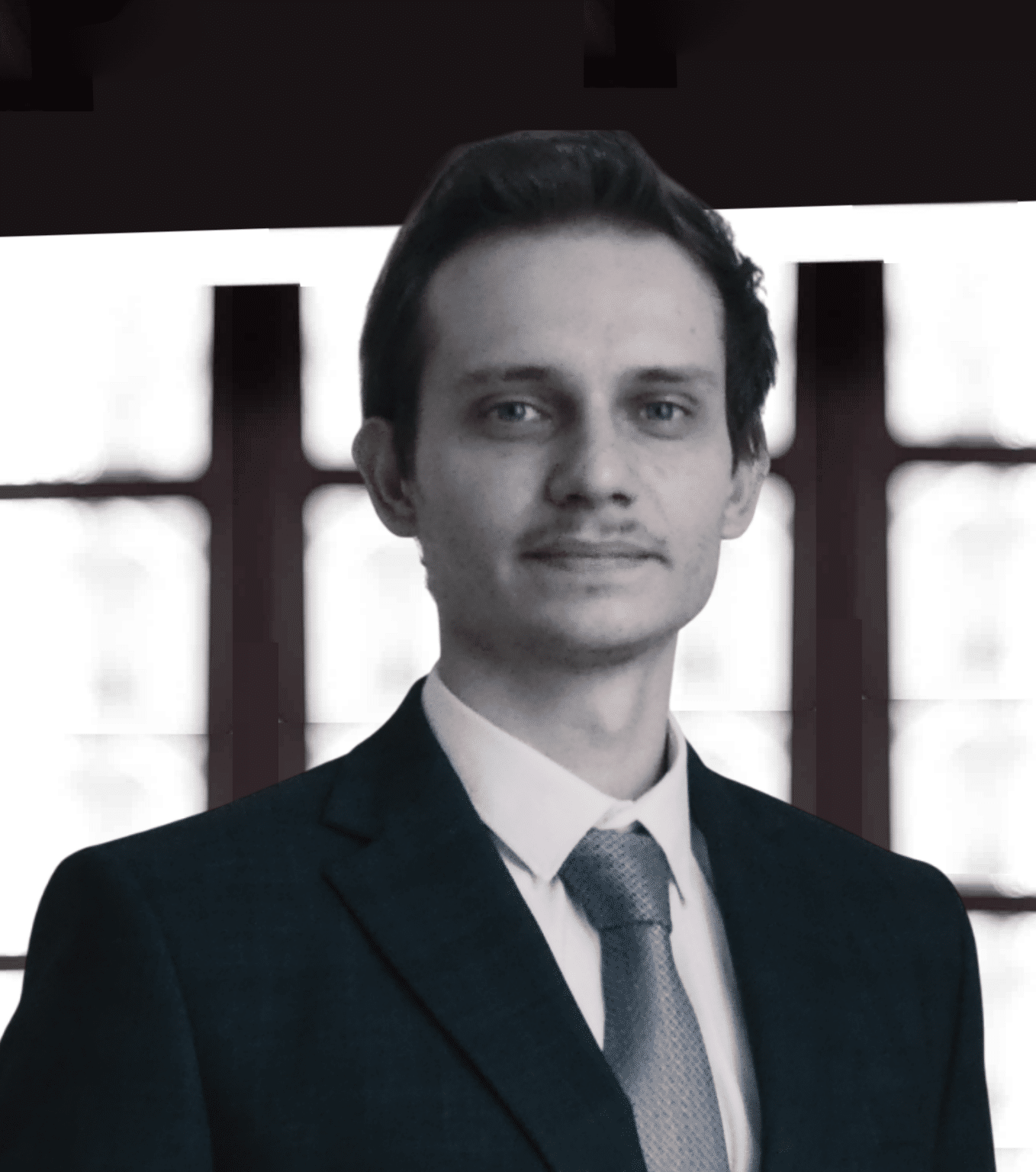Dr. Gisela WAISMAN Deputy-Director at the Economic Affairs Department, Ministry of Finance (Sweden) [vc_btn title= »Download article » style= »outline » color= »primary » align= »right » i_icon_fontawesome= »fa fa-file-pdf-o » add_icon= »true » link= »url:http%3A%2F%2Fconfrontations.org%2Fwp-content%2Fuploads%2F2017%2F10%2FInterface-108-Proceedings-of-the-conference-Refugees-p12-13.pdf||target:%20_blank| »] In Sweden, the number of asylum seekers had been on average around 26 000 during the 30 years that go from 1984 to 2013. It had started increasing already in 2010 to reach 81 000 in 2014 and then it doubled in 2015. This is the largest number of per capita asylum applications in Europe, according to the OECD figures. The number is only higher in Hungary but migrants did not stay there, there were only registered there. The number of per capita asylum applications was almost three times larger than Germany´s and more than six times larger than the EU-average. Of the 163 000, 70 000 were children and 35 000 unaccompanied minors. Such a large inflow was problematic, for example it was hard to get
Ce contenu est réservé aux abonné(e)s. Vous souhaitez vous abonner ? Merci de cliquer sur le lien ci-après -> S'abonner












